Sarees and Handloom: Weaving Stories of Heritage and Elegance
There is something timeless about a saree. It is more than just six yards of fabric — it is a living canvas of culture, craftsmanship, and connection. At the heart of this elegance lies the magic of handloom weaving, an age-old tradition that continues to spin tales of India’s rich textile heritage.
Handloom is not just a method of weaving — it is an art. Each thread is handled by human hands, often without the use of electricity. A handloom saree takes anywhere from days to months to complete, depending on its complexity. Every pattern, motif, and color choice reflects the traditions of the region it comes from. Unlike machine-made fabrics, handloom sarees carry the charm of imperfection — a small irregularity in the weave, a slight difference in pattern — all of which are proof that the saree has been crafted with care and patience by skilled artisans.

From the golden silks of Kanchipuram to the pastel elegance of Chanderi, from the geometric weaves of Odisha’s Maniabandha to the vibrant checks of Assam’s Mekhela Chador, every saree tells a different story. These weaves are more than just fashion; they are identity. They speak of the soil, the seasons, the festivals, and the lives of the people who wear and weave them. A woman wrapped in a handloom saree is not just wearing a garment; she is wearing generations of tradition, knowledge, and artistry. In weddings, rituals, and even in political protests, the saree has stood as a quiet yet powerful symbol of grace and strength.
In today’s world of fast fashion, handloom is facing many challenges. Power looms and synthetic fabrics have pushed many weavers into poverty. Younger generations are leaving the craft behind due to lack of recognition and fair income. Yet, preserving handloom is not just about saving jobs — it's about protecting a part of our cultural soul. When we buy a handloom saree, we support a livelihood, sustain an art form, and celebrate sustainable fashion. Handloom weaving uses minimal electricity and relies on biodegradable materials, making it eco-friendly in a world increasingly dominated by synthetic waste.
The future of handloom lies in awareness, innovation, and pride. Designers and youth are slowly turning back to handlooms for their authenticity and uniqueness. Social media has opened new platforms for weavers to tell their stories and reach wider markets. If more of us choose to wear handloom sarees, share their stories, and support local artisans, the loom will continue to sing — not just as a reminder of the past, but as a thread weaving our future.


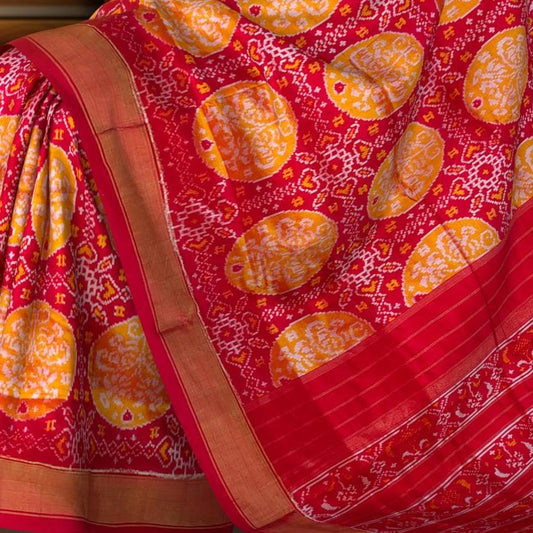
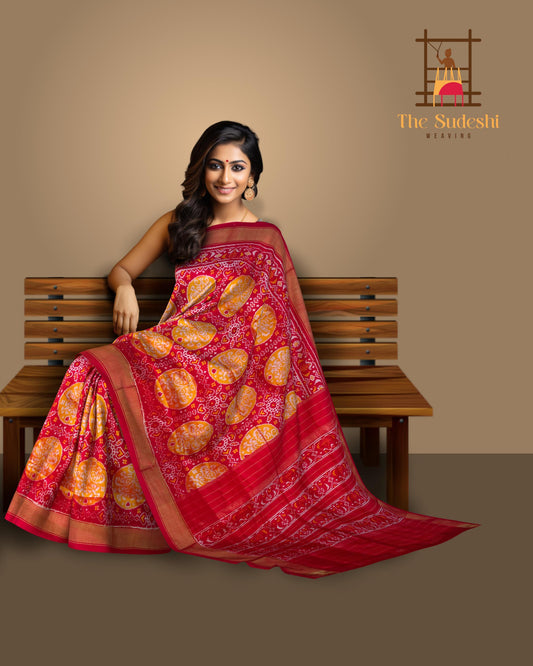
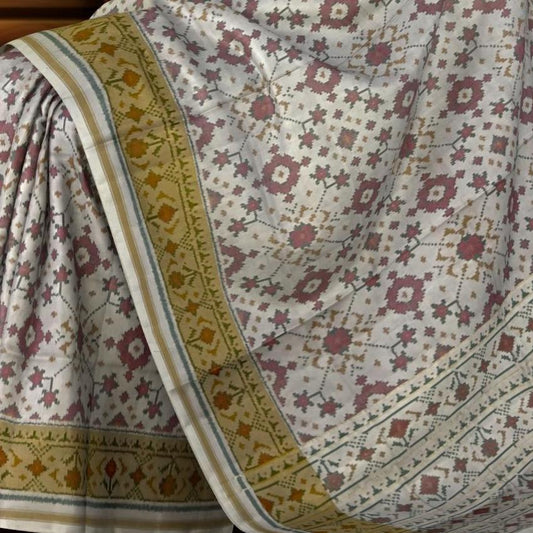
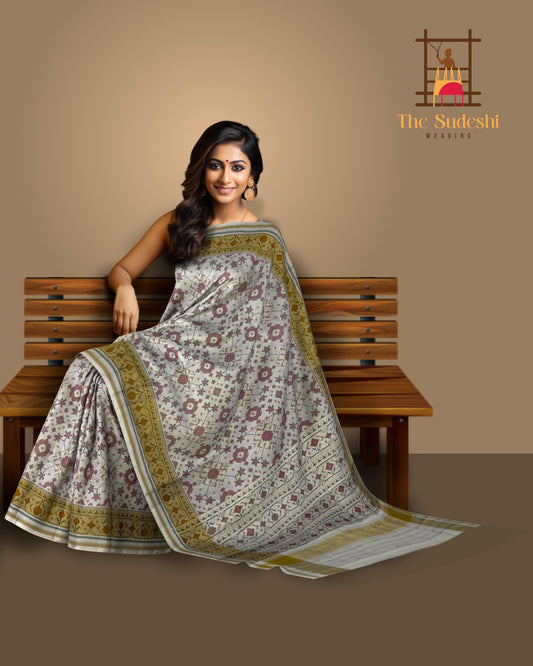
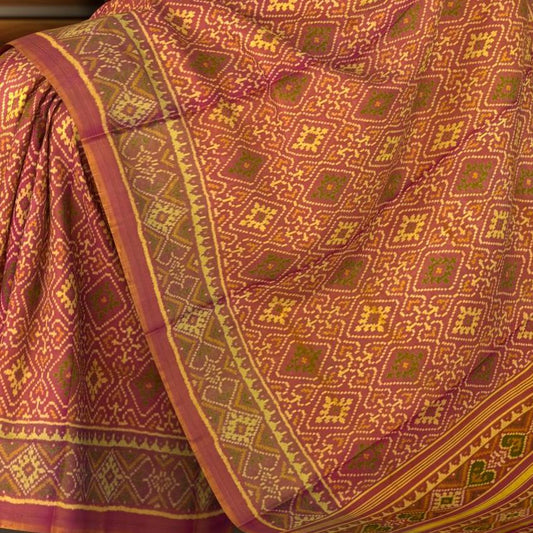
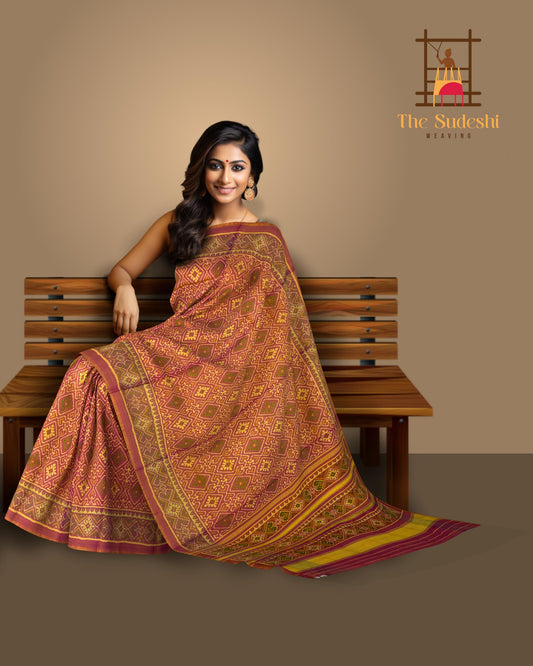
Leave a comment
Please note, comments need to be approved before they are published.